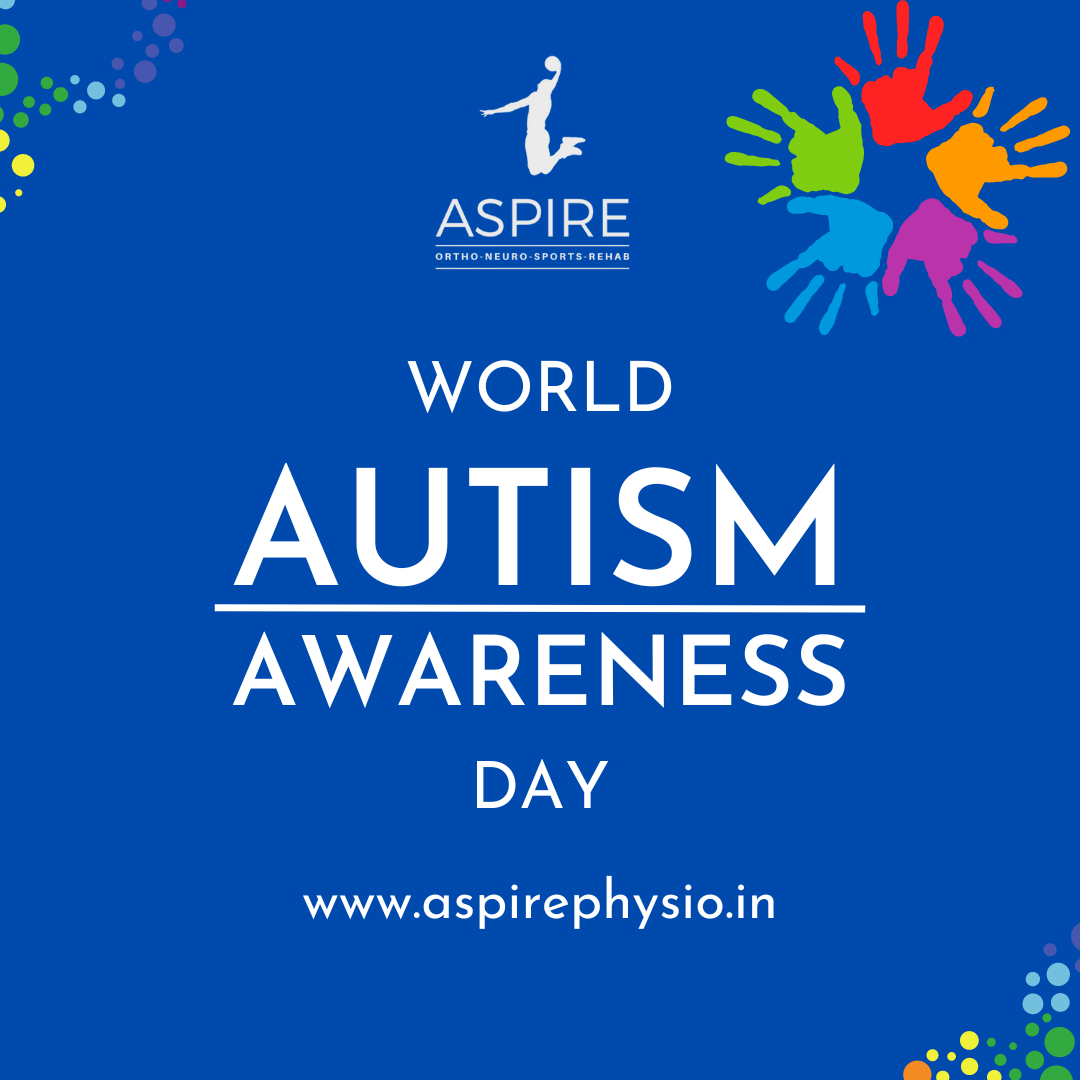
Building Bridges: Autism Awareness Day
- Home
- Building Bridges: Autism Awareness Day

Building Bridges: The Role Of Physical Rehabilitation In Supporting Individuals With Autism Awareness Day
One of the conditions included under the umbrella of autistic spectrum disorders (ASD), often known as pervasive developmental disorders, is autism, or autistic disorder. Autism is characterized as a developmental failure. When autism first manifests in the first three years of life, it is marked by difficulties with language development, social interaction, and communication, as well as restricted or repetitive interests and behaviors.
It is thought to occur from a process that affects the nervous system's and the brain's anatomical or functional characteristics. A considerable proportion of people with ASD diagnoses also exhibit mental impairment, albeit to varying degrees. Most people believe that environmental factors can promote autism and that autism itself may have a genetic foundation. Children with autism do not differ from ordinary children in terms of their physical development or appearance. Males are four to five times more likely than females to have it.
Typically, autism is seen in conjunction with other deficiencies including mental illness, trouble learning, and hyperactivity. Mental impairment affects 30–40% of autistic people. Ten percent of these individuals possess exceptional abilities known as Savant talents. Superior memory, arithmetic and calculating abilities, as well as artistic and musical abilities, are noted in Savant cases. It is untrue, despite popular opinion, that all children with autism are Sarvants with exceptional abilities.
The Function of Physical Therapy
A variety of treatments and interventions are included in physical rehabilitation with the goal of enhancing mobility, general well-being, and physical function. Physical rehabilitation that is customized for people with autism can address particular issues that they encounter, such as:
Motor abilities Development: Physical therapists help people with autism improve their motor abilities, such as walking, running, leaping, and fine motor motions like grabbing and writing. Using targeted exercises and activities, therapists assist clients in developing improved control and coordination of movement.
Sensory Integration: Many people with autism have sensory processing issues, which can cause hypersensitivity or hyposensitivity to sensory inputs. Physical rehabilitation approaches, such as sensory integration therapy, assist people in regulating their sensory responses, allowing them to participate in daily activities and connect with their surroundings more comfortably.
Muscular Tone and Strength: Some people with autism may struggle with muscular tone, causing problems with posture, balance, and coordination. Physical rehabilitation programmes aim to improve muscle strength, flexibility, and endurance through activities suited to each individual's needs.
Social Interaction: Physical therapy activities frequently provide for social interaction in a structured atmosphere. Individuals with autism benefit from group activities and cooperative exercises that help them develop social skills like turn-taking, sharing, and communication, as well as improve their physical ability.
Tension Reduction: Physical activity can help reduce tension and anxiety, which are typical issues for people with autism. Physical rehabilitation offers individuals a secure and supportive environment in which to relieve stress, increase mood, and improve general well-being.
Physical rehabilitation offers personalized treatment, making it a valuable tool for aiding individuals with autism. Each person with autism has distinct talents, challenges, and preferences, necessitating a personalized approach to therapy. Physical therapists collaborate with patients and their families to create personalized therapy plans that target specific goals and objectives.
Integrating physical rehabilitation into a holistic autism treatment method maximizes effectiveness. Collaboration among multiple practitioners, such as speech therapists, occupational therapists, and behavioral therapists, ensures that individuals receive complete care that addresses all elements of their development and well-being.
By Dr.Ayush Ranjan (Physiotherapist)